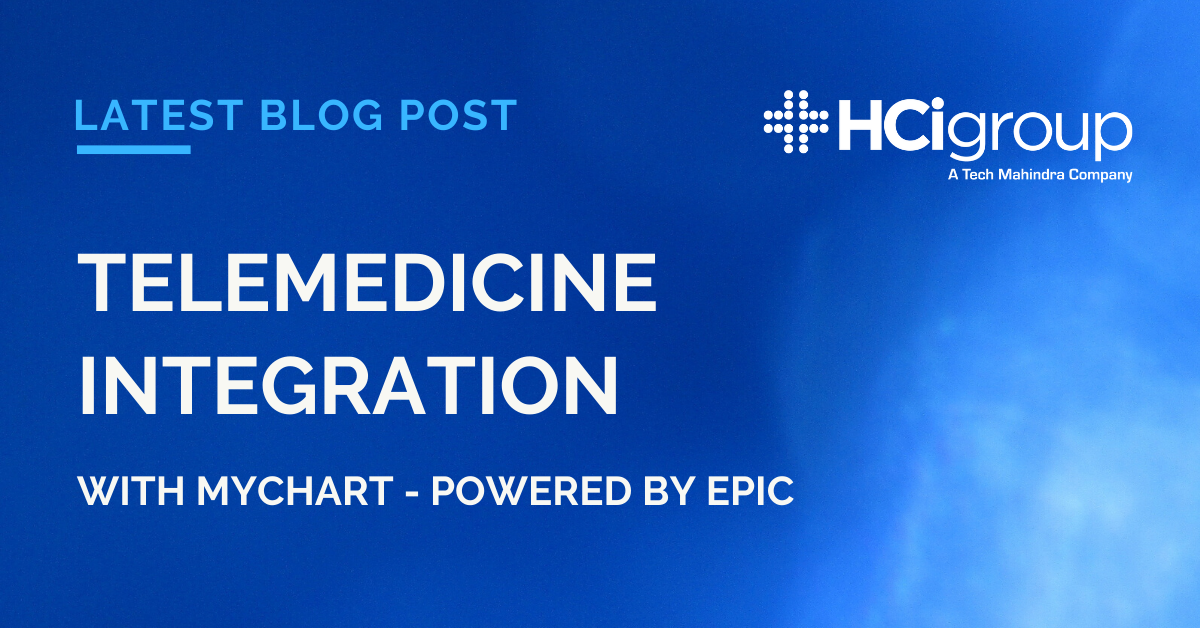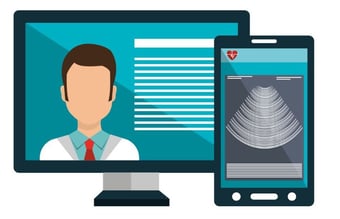
Epic’s ability to match other Telehealth vendors in functionality has allowed it to become exceedingly competitive in comprehensive telemedicine programs with 2017 and 2018 versions. It has brought additional functionality, such as wait rooms, on-demand visits, and much more.
As more payors begin to reimburse video visits and more patients come to expect this ease of access to providers, telemedicine programs are becoming more and more vital to the presence and success of large organizations within a wide geographical footprint.
Why is there a gap?
With Epic’s recent development and upgrades combined with a single-system streamlined experience for patients, many organizations are interested in moving to a single-platform workflow. Additionally, payors are advancing in their recognition of and compensation for telemedicine-type care. This is making this type of care more financially accessible for patients, particularly as it relates to sub-specialty, tertiary care.
Route to Epic Telemedicine Integration
Are you an organization who has a patient population across a wide geographical footprint or do you provide unique specialty care opportunities for patients? Integrate your care to embed Telemedicine in your Epic platform
You may already facilitate video visits in a non-integrated (or partially integrated) workflow, and you might already be licensed for and using MyChart at your organization (separate from your telemedicine efforts).
HCI are able to provide project plans based on your timelines, provide PM, analyst and technical resources, and successfully configure and test your new system, as well as provide complete training and go-live support.
The three streams for Epic Telemedicine Integration to consider:

1. MyChart (Direct to Consumer) Integrated Video Visits
Provides a link for patients to join the visit via MyChart, and launches the 3rd party video vendor natively from both Hyperspace for the provider and MyChart for the patient. Also this can now facilitate drop-in or on-demand video visits and more.
2. E-Visits
This is a clinical visit that does not take place in real-time, but rather through a clinical questionnaire and provider follow up. Best for common conditions or problems that are usually diagnosed without the need for a physical exam or real-time dialogue (i.e. UTI’s).
3. Provider-To-Provider Specialty Visits
Provides connection between two providers (most often one primary care and one specialty) with the patient present in one office and a simultaneous appointment hold for each provider. Most commonly used for tertiary and sub-specialty consultations in an area where providers are far apart geographically.
N.B. These workflow streams that could be offered either together or in combination based on interests and needs. Drop us an email at The HCI Group if you would like to know more.